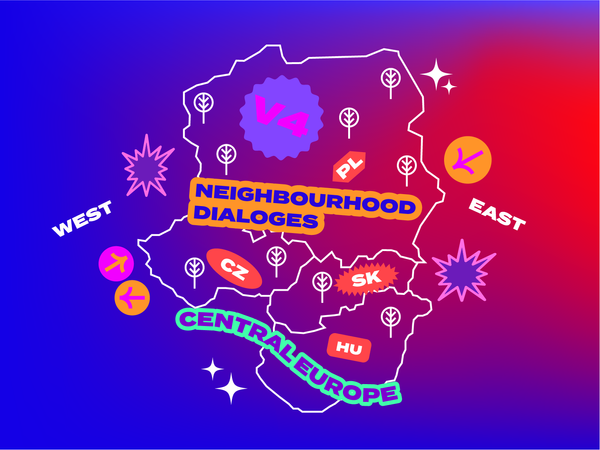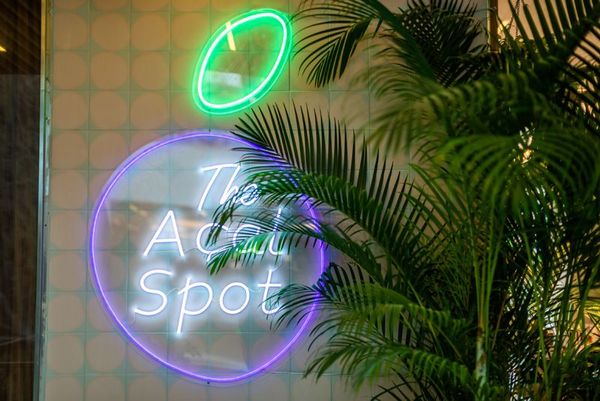Founded in 2001, eMAG is today the most valuable Romanian company, the market leader in three countries, and a competitor to the most prominent international rivals. E-commerce is a highly competitive market where only the most successful companies can survive—the eMAG story from Hype&Hyper.
Most people still associate the Romanian economy with Dacia, one of the most known things Romania is famous for. The car manufacturer was established in 1966. Despite its uncertain future in the 1990s due to the economic transition and the poor socialist quality, Dacia has finally risen to the top. It is now a subsidiary of Renault, but its plant is still located in Mioveni, Romania. This year, Dacia Sandero is the third best-selling car in Europe, which shows that the company is a true success story. Dacia’s wonder model also came in third place in 2021, with 196,792 vehicles sold. So, it might seem evident that Dacia is still the most valuable Romanian company, but eMAG just took the lead at the end of April. The online retailer might be familiar to most Central and Eastern European residents since they are the market leaders in Bulgaria, Hungary, and Romania. The author of the article has ordered electronic gadgets, telephones, chargers, and once even a book from the billion-euro company. But what makes eMAG so successful?
Founded in 2001, eMAG has been one of Romania’s fastest-growing companies in recent years, with a current value of €1.027 billion, which makes it the most valuable Romanian company, ahead of the €815 million worth Dacia. eMAG is owned by international investors and is part of the Dutch-South African multinational conglomerate Prosus – Naspers. The firm was founded by three entrepreneurs, Radu Apostolescu, Dan Teodosescu, and Bogdan Vlad, and its main activity was the distribution of well-known IT products and office equipment. The company gradually grew but found itself in difficulty in 2009, which led to the acquisition of 51% of its shares by Asesoft Distribution. So, the owners of Asesoft Distribution, Sebastian Ghiţă and Iulian Stanciu became majority shareholders. After the financial crisis of 2007-2008, under the management of Stanciu between 2009 and 2012, eMAG became Eastern Europe’s largest online shop in three years. The success attracted the international investors’ attention, and the aforementioned Dutch-South African Prosus – Naspers group bought 70% of eMAG’s shares in July 2012, but Stanciu remained in the management. After graduating, Stanciu had several small businesses and worked as a sales agent and IT expert. Combining these two activities led to the idea of a company retailing computers and accessories. They started in a two-room apartment in Bucharest. In 2015 Stanciu acknowledged in a lecture in Cluj-Napoca that their enterprise was unusual in many ways; for instance, they were one of the first electronics retailer shops where one could buy gadgets in installments. Innovation and brainstorming are still the hallmarks of eMAG as the company tries to provide something new to its consumers every year.

The financial support of international investors brought the opportunity for expansion. eMAG entered the Bulgarian market in 2012 and quickly gained 60% of the market share in e-commerce. The rapid Bulgarian success was followed by the entry into the Hungarian market in 2013, but eMAG initially achieved a much smaller market share of just 10 percent there. In 2014 eMAG expanded to Poland after acquiring Agito, a local online store. But the Polish market turned out to be a failure for eMAG, the company reported losses, and in 2020 they decided to step back from Poland. The fierce competition in the Polish market can explain the unprofitable operation, and the brand has failed to be as well-known and popular as it is in other Central and Eastern European countries. However, the Polish failure was followed by success, as after dynamic growth in Hungary, eMAG acquired its most significant local rival, Extreme Digital. The eMAG-Extreme Digital merger creates a giant corporation in the Hungarian market, which can serve customers more cost-efficiently with a single headquarters, and its annual sales revenue might exceed HUF100 billion. Balázs Várkonyi, founder of Extreme Digital, gave an interview to Concorde about the merger of the two most prominent players in the Hungarian market. He believes that local companies will only be able to compete with the increasingly active Chinese and American e-commerce giants in the region if they operate as efficiently as possible. He added that a lone rider would not have much to gain in the current environment.
The field of e-commerce is especially interesting because the COVID-19 pandemic has intensified the already growing share of online shopping, with the number of online businesses increasing by a third, in some countries, even by half, during the pandemic. The lockdown, curfews, digital transformation, and the home office lifestyle have had an enormous impact and opened the possibilities in the online world more than ever. It is also important to note that the Central and Eastern European market is dominated by regional companies. In Poland, Allegro became the biggest online marketplace, and with its 180-200 million monthly visitors in Europe, it became the largest e-commerce platform of European origin. Western European e-commerce firms are lagging behind their Eastern European counterparts because giant US corporations have quickly entered the markets on the Western part of the continent, leaving no room for national or regional competitors. What Amazon means in France is Allegro in Poland and eMAG in Romania and Hungary. But Amazon has already gained a foothold in Central and Eastern Europe, so local companies have had to react. According to Balázs Várkonyi, the most efficient preparation for Amazon’s invasion is to achieve the highest possible market share before the rival enters the market and to improve the services as much as possible. He also pointed out that local small and mid-size enterprises are often fighting against Amazon’s market entry as well since its arrival means that the Asian low-cost players who work with mass production can swamp the domestic markets.
This forward-thinking strategy contributed to eMAG’s steady growth and success in Romania. Their site is visited by 38-40 million European users per month, and the growth is still massive. The brand value of eMAG has increased by 29% in a year; therefore, it is no wonder that it has overtaken Dacia as the most valuable Romanian brand, especially because the Romanian car manufacturer’s brand value has dropped by 28% due to the recession in the global automobile industry.

Are we in a new Cold War? | Neighbourhood Dialogues x V4

Outdoor furniture from banana leaves: meet CoTangens!










